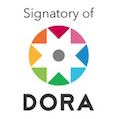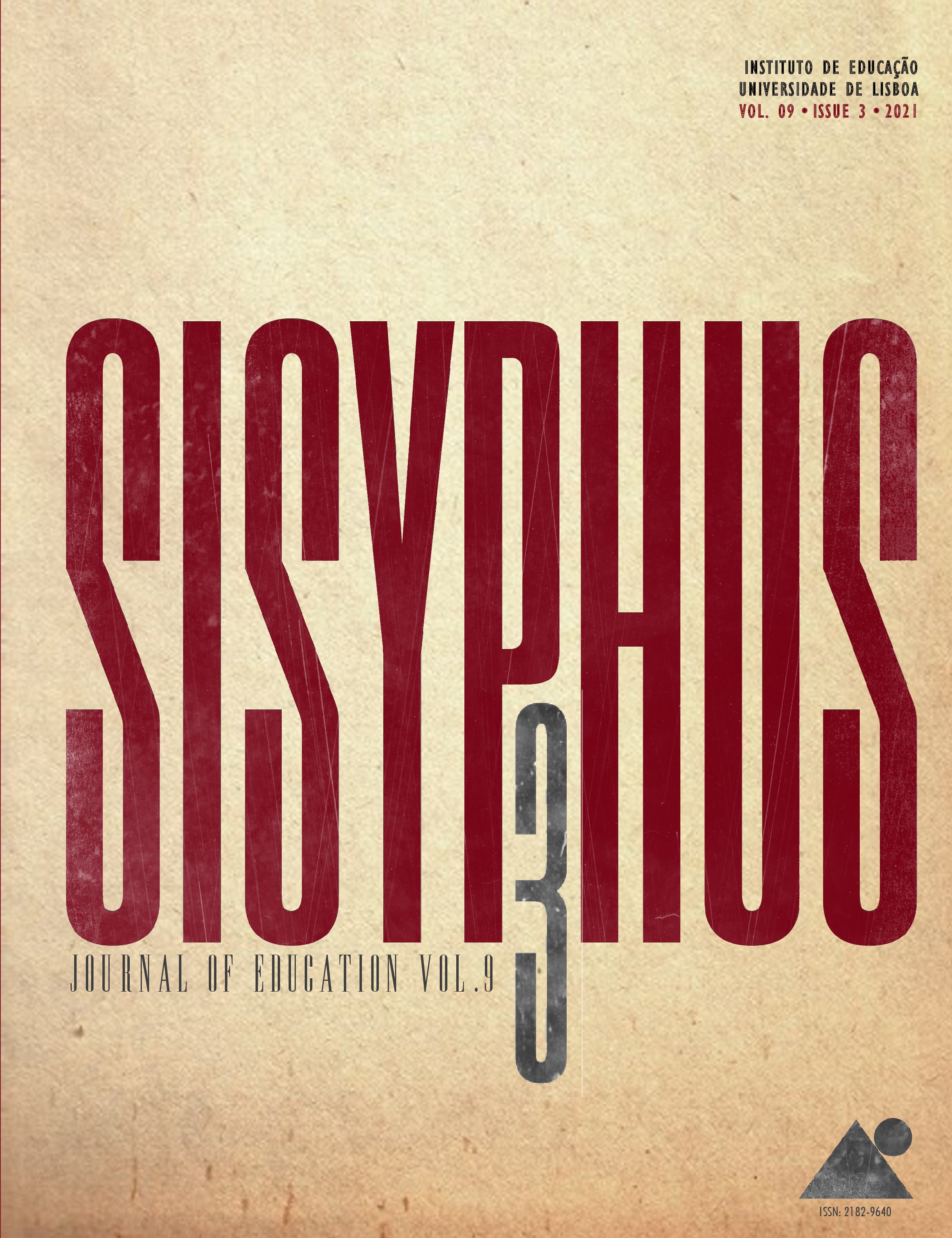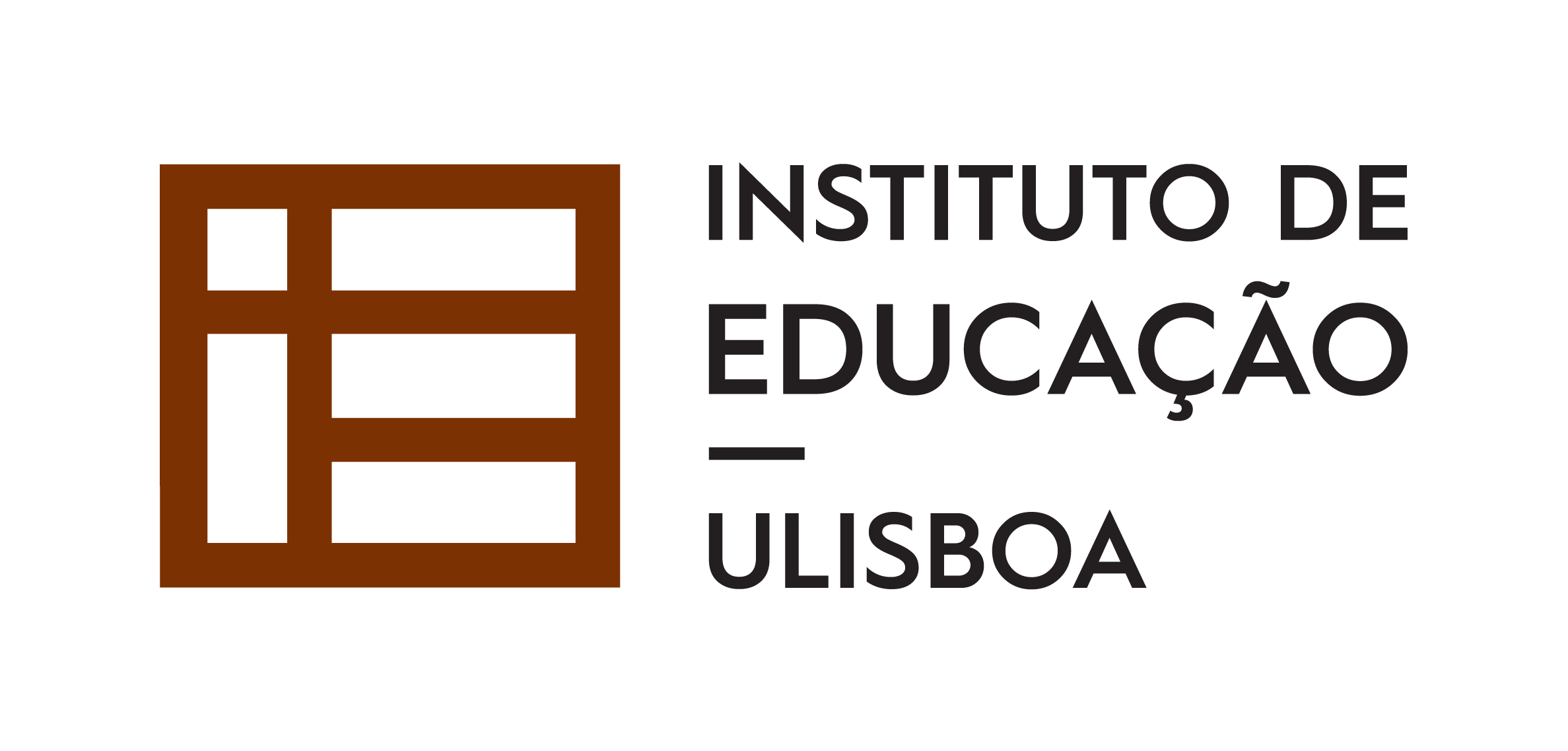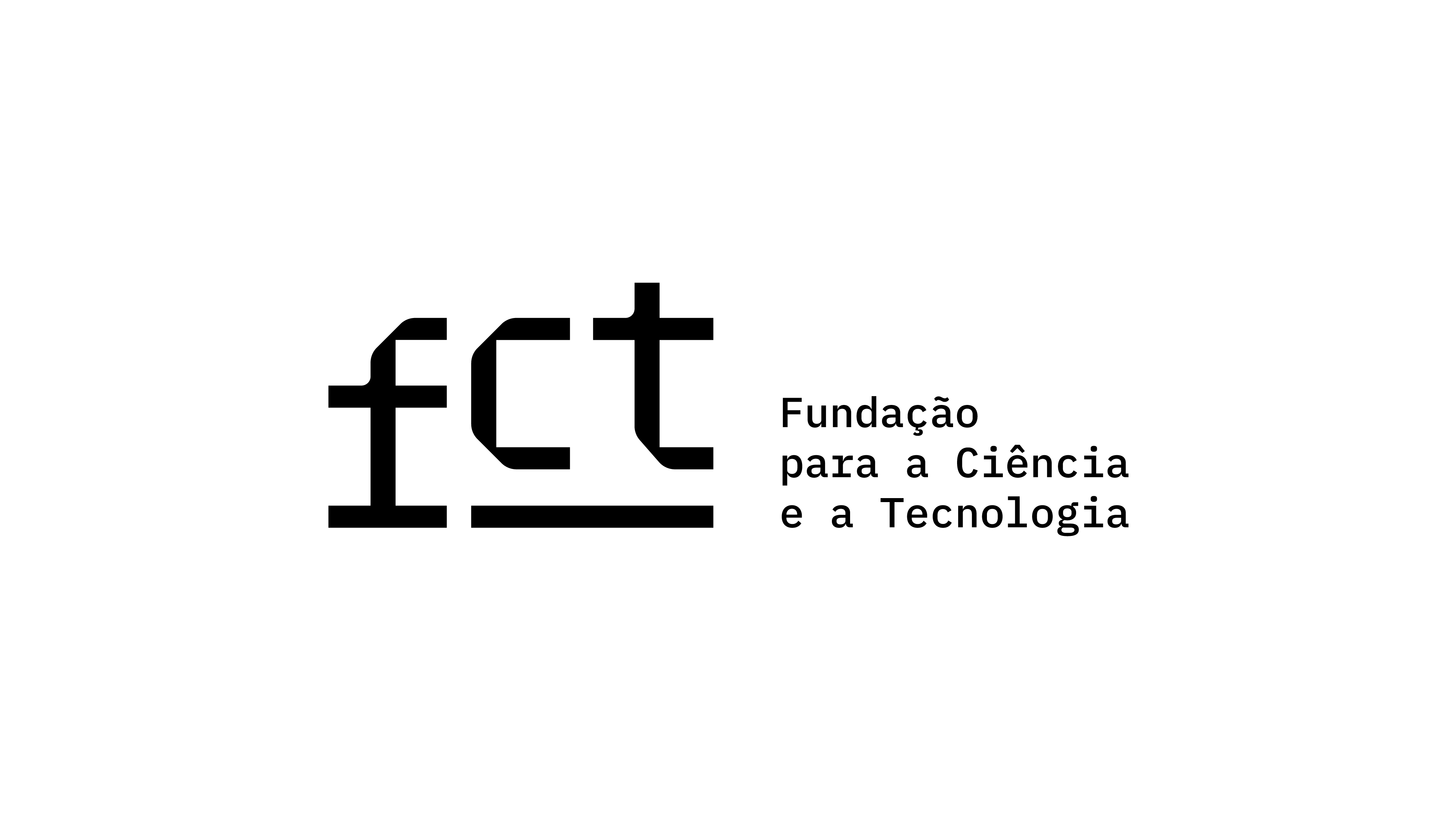The Impact of Reading Instructional Time in the Classroom
Early Grade Reading Time Policy Initiative in Pakistan
DOI:
https://doi.org/10.25749/sis.25397Keywords:
reading instruction time, early grade policy initiative, oral reading fluency (ORF)Abstract
Reading is without doubt a highly complex cognitive process and hence it is a difficult task to formulate policies for its' improvement. An effective reading time allocation is particularly important for the improvement of early grade reading. DeStefano (2012) illustrated that with all things being equal, students who spend more class time on a learning task perform better than students who spend less time.
It has been seen that children come to school with little to no reading skills in the language of instruction, which puts them at a further disadvantage. Students who do not achieve a certain level of reading by the end of grade 1 tend to fall behind in all other areas of cognitive development (Stanovich, 1986).
This study would explore the reading instruction time policy initiative and discuss how it developed and ensured in the early grades classes in Pakistan. This is a mixed-methods approach study that combines both qualitative and quantitative data. The study showed elements that contributed to improve early grades reading skills, especially help the number of students’ zero scores decreased in reading tasks and support the education departments to achieve the performance standards.
Downloads
References
Adams, M. (1990). Beginning to read: Thinking and learning about print. Cambridge, MA: MIT Press.
Ambruster, B. B. (2000). Taking notes from lectures. In R. F. Flippo & D. C. Caverly (Eds.), Handbook of college reading and study strategy research (pp. 175-200). Mahwah, NJ: Erlbaum.
Anderson, R. C., Hiebert, E. H., Scott, J. A., & Wilkinson, I. A. G. (1985). Becoming a nation of readers: A report of the Commission on Reading. Washington, DC: National Institute of Education.
Annual Status of Education Report. (2013). Annual status of education report: ASER-Pakistan 2012. Lahore, Pakistan.
Carroll, J. (1963). A model of school learning. Teachers College Record, 64,723-733.
DeStefano, J. (2012). EQUIP2 State-of-the-Art Knowledge in Education– Opportunity: A Guide to Education Project Design Based on a Comprehensive Literature and Project Review. Washington, DC: EQUIP2 and USAID. Retrieved on 3 August 2014 from: http://www.epdc.org/sites/default/files/documents/EQUIP2%20SOAK%20-%20OT.pdf
Fielding, L. G., & Pearson, P. D. (1994). Reading comprehension: What works. Educational Leadership, 2, 62-68.
Goodlad, J. (1983). A Place Called School: Prospects for the Future. New York: McGraw-Hill.
Gove, A., & Cvelich, P. (2011). Early Reading: Igniting Education for All. (Revised Edition). Research Triangle Park, NC: RTI International.
Juel, C. (1988). Learning to read and write: A longitudinal study of 54 children from first through fourth grades. Journal of Educational Psychology, 80(4), 437-447. DOI: https://doi.org/10.1037/0022-0663.80.4.437
Learning First Alliance. ( 1998 ). Every Child Mathematically Proficient: An Action Plan of the Learning First Alliance. Washington, DC: Learning First Alliance. Retrieved from: www.learningfirst.org
McNinch, G. H., Shaffer, G. L., Campbell, P., & Rakes, S. (1998). Allocation of time in reading. Reading Horizons: A Journal of Literacy and Language Arts, 39(2). Retrieved from: https://scholarworks.wmich.edu/reading_horizons/vol39/iss2/3
Mustafa, Z. (2015). The Tyranny of Language in Education: The Problem and Its Solution. Karachi: Oxford University Press. Retrieved from: https://scholarworks.wmich.edu/reading_horizons/vol39/iss2/3
National Reading Panel. (2000). Report of the National Reading Panel-Teaching Children to Read: An Evidence-Based Assessment of the Scientific Research Literature on Reading and Its Implications for Reading Instruction. Washington, D.C.: National Institute of Child Health and Human Development.
National Research Council. (1998). Preventing reading difficulties in young children. Educational Resources Information Center (ERIC), ED 416 465. Retrieved from: https://files.eric.ed.gov/fulltext/ED416465.pdf
Patrinos, H. A., & Velez, E. (2009). Costs and benefits of bilingual education in Guatemala: A partial analysis. International Journal of Educational Development, 29(6), 594-598.
Scarborough, H. S. (2001). Connecting early language and literacy to later reading (dis)abilities: Evidence, theory, and practice. In S. Neuman & D. Dickinson (Eds.), Handbook for research in early literacy. New York: Guilford Press.
Stanovich, K. E. (1986). Matthew effects in reading: Some consequences of individual differences in the acquisition of literacy. Reading Research Quarterly, 21, 360-406.
UNESCO. (2014). Teaching and Learning: Achieving Quality for All. EFA Global Monitoring Report 2013/14. Paris. Retrieved from : https://en.unesco.org/gem-report/report/2014/teaching-and-learning-achieving-quality-all
Downloads
Published
Issue
Section
License
Copyright (c) 2021 Sisyphus — Journal of Education

This work is licensed under a Creative Commons Attribution-NonCommercial 4.0 International License.
Copyright (c) belongs to Sisyphus - Journal of Education. However, we encourage issued articles to be published elsewhere, provided that Sisyphus authorization is asked for and that authors integrate our original source citation and a link to our website.
Author Self-Archiving Policy
Author(s) are permitted to self-archive the final published version in institutional or thematic repositories, and in their personal or institutional websites.
DORA Signer
The Instituto de Educação da Universidade de Lisboa, Sisyphus' Publisher, is a San Francisco Declaration on Research Assessment signer.






